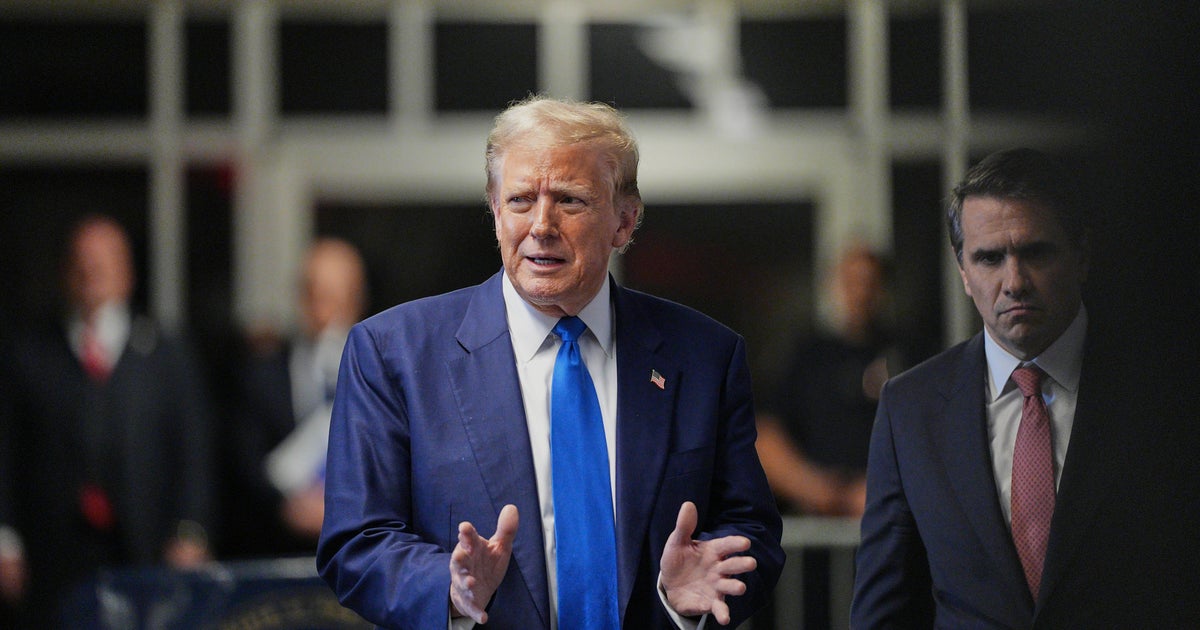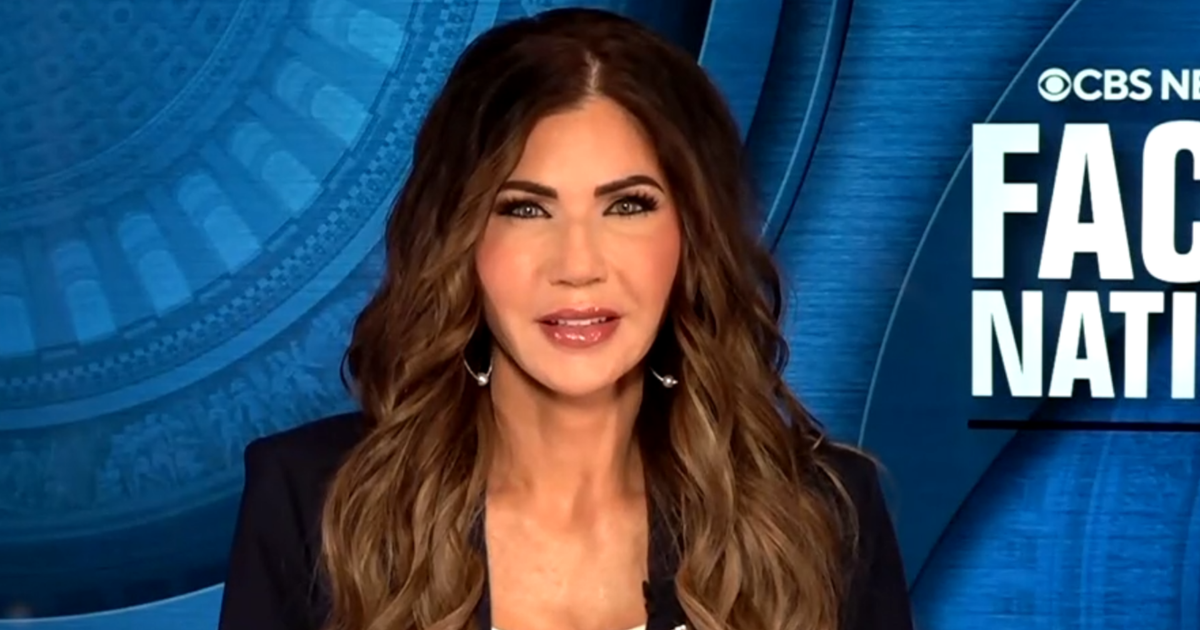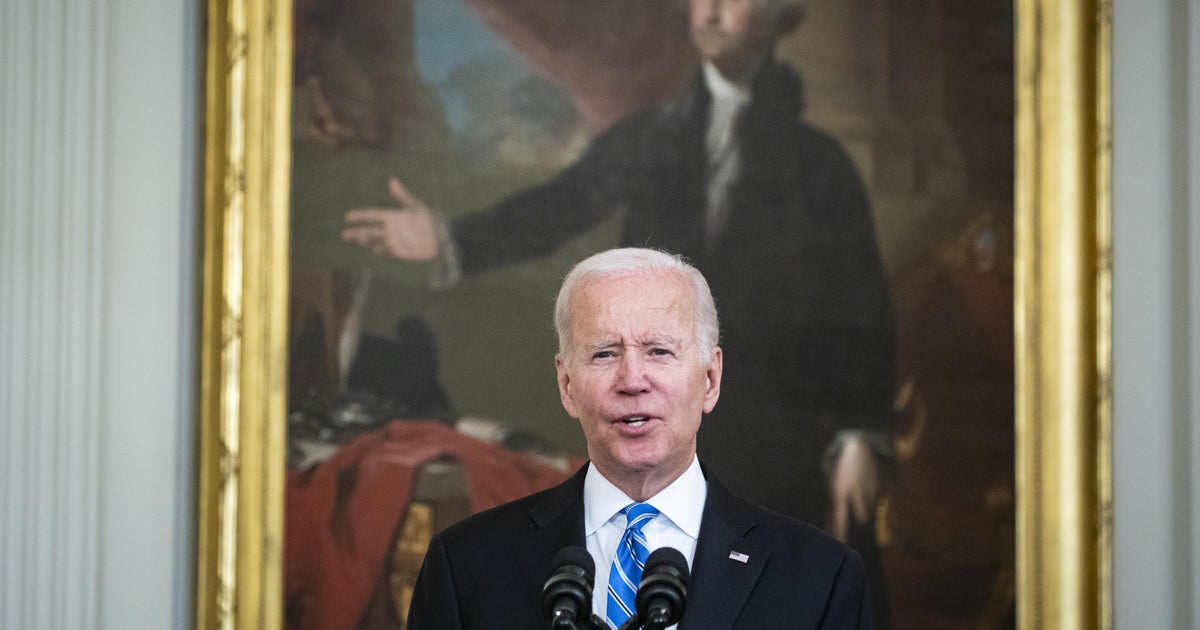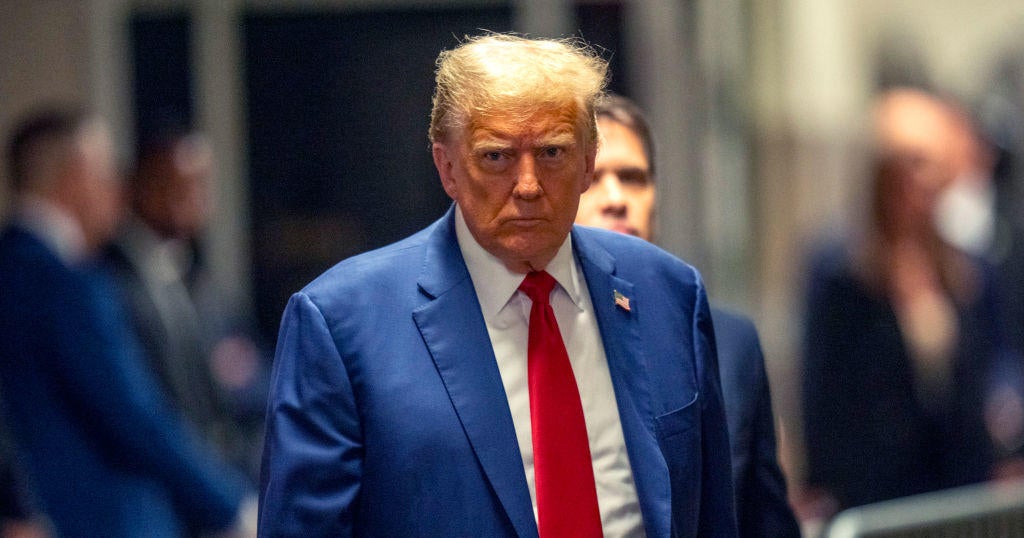Trump appointees who are elected officials: Who fills their old jobs?
President-elect Donald Trump has named generals to his Cabinet. He’s chosen business leaders and Wall Street executives.
He’s also named a number of people who currently hold elected office: including one U.S. senator, Jeff Sessions; House members Tom Price, and Mike Pompeo; and two governors, Nikki Haley of South Carolina and Terry Branstad of Iowa.
All of Mr. Trump’s high-level Cabinet nominees will have to be confirmed by the U.S. senate before they can give up their current jobs, but once that happens, someone will have to fill the vacancy that’s left.
The rules are different for every position, and many of them differ by state as well: some will automatically be succeeded by other elected officials, while others will have their replacements appointed by their state’s governor or elected in a special election.
Here’s a look at which Cabinet nominees currently hold elected office, and what happens to their jobs when they join the administration:
U.S. Senate: Jeff Sessions
Sessions, Mr. Trump’s pick for attorney general, is the junior senator from Alabama.
If Sessions is confirmed, Alabama state election laws require a special election be held to fill the seat.
Governor Robert Bentley, a Republican, can both appoint someone to fill the seat in the meantime and set the date of the special election. Bentley has asked the state Republican Party’s executive committee to send him some suggestions, and Bentley will go from there.
Though Sessions will need to be confirmed before a successor can be named, there are already plenty of Alabama Republicans interested in the seat.
Among those who have said they are interested, or would accept the job if it were offered, are: Attorney General Luther Strange; U.S. Reps. Robert Aderholt, Mo Brooks, Martha Roby and Mike Rogers; state Sens. Dick Brewbaker, Del Marsh, Arthur Orr, Trip Pittman and Cam Ward; and Alabama Department of Economic and Community Affairs Director Jim Byard Jr.
One Alabama congressman, Bradley Byrne, said he is not interested in the seat and would like to remain in the House.
U.S. House: Tom Price (Georgia) and Mike Pompeo (Kansas)
Thus far, Mr. Trump has selected two members of the House for Cabinet-level positions: Georgia Rep. Tom Price for health and human services secretary, and Kansas Rep. Mike Pompeo for director of the CIA.
According to the U.S. Constitution, vacancies in the U.S. House must be filled by election. If the vacancy happens during the first session of Congress -- as these would -- the seats would be filled by special election in each state, on dates to be determined.
While it’s again a bit early to say exactly who will run in either of these races, a few local pols are expressing tentative interest.
In Georgia, Price’s wife, state Rep. Betty Price, could be a contender to replace him in the House. Other names being mentioned there include former Georgia Secretary of State Karen Handel; state House Speaker Pro Tempore Jan Jones; state Sens. Brandon Beach and Judson Hill; state Rep. Chuck Martin; immigration lawyer Charles Kuck; and former political fundraiser Cade Joiner, among others.
And in Kansas, Trump adviser Alan Cobb, who was Mr. Trump’s national coalitions director and works for the transition team, has expressed interest in Pompeo’s seat.
Governors: Nikki Haley (South Carolina) and Terry Branstad (Iowa)
Mr. Trump has selected two governors for Cabinet and appointed positions: Nikki Haley, the governor of South Carolina, will be his representative to the United Nations, while Iowa Gov. Terry Branstad is Mr. Trump’s choice for U.S. ambassador to China.
The process is similar and pretty straightforward in both states: governors are replaced by their lieutenant governors.
In Iowa, that’s Lt. Gov. Kim Reynolds -- who incidentally would become the first female governor in the state’s history. (Iowa is one of twenty-three states that has never had a female governor.)
In South Carolina, Lt. Gov. Henry McMaster would step up and become governor if Haley is confirmed for the UN post. However, there’s a bit of drama about what happens to McMaster’s position as lieutenant governor if he fills Haley’s job.
The state constitution says the President Pro-Tempore of the state Senate would become lieutenant governor if the sitting lieutenant governor vacates the job -- but the man who currently holds that position, Hugh Leatherman, has refused to become lieutenant governor.
Making it even more complicated is the fact that South Carolina’s state legislature passed a law in 2014 to make some changes to the electoral and political system -- one of which allows the governor to immediately fill a vacancy in the lieutenant governor’s office. That rule, however, is not slated to take effect until after the 2018 midterm elections.
State legislators have asked South Carolina’s Supreme Court to clarify whether McMaster would be allowed to appoint his replacement in this case, and to help determine what happens if the person who’s supposed to be elevated to the job refuses it.
State attorney general: Scott Pruitt (Oklahoma)
Mr. Trump named Pruitt to be his next head of the Environmental Protection Agency (EPA) in early December.
Should Pruitt be confirmed to the post, Oklahoma Gov. Mary Fallin will choose his replacement. That person would serve in the role for almost two years, since the next election isn’t until fall 2018.
Several potential names have come up for the post, according to The Oklahoman, including Oklahoma Secretary of State Mike Hunter, former attorney general candidate Ryan Leonard and A.J. Ferate, the general counsel for the Oklahoma Republican Party. All three have expressed interest in the job, or said they’d be open to discussing it.





